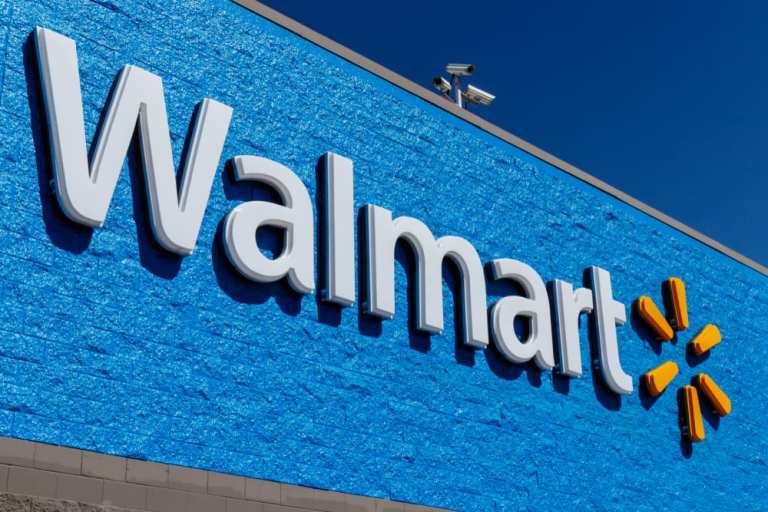Walmart’s Q1 Earnings Driven By Grocery, eCommerce

Despite a recent string of disappointing news updates out of the retail sector, Walmart managed to surprise investors with better-than-expected earnings when the Q1 results went live earlier today – in fact, the retailer put up its best same-store sales results in about nine years.
Walmart told investors that the early results for 2019 meant the world’s largest retailer by sales is in “a good position” to achieve its full-year goals, even though it will face tougher comparisons during the second quarter.
By the numbers, Walmart reported net income of $3.84 billion, or EPS of $1.13, comfortably beating the $1.02 forecast. Sales clocked in slightly below expectations, however, at $123.93 billion versus the $125.03 billion expected. But same-store sales growth was solid, up 3.4 percent instead of the 3.3 percent forecast.
The big stories in the earnings report this time around were Walmart’s recent supply chain upgrades, its grocery business and its eCommerce performance.
Walmart has already announced plans to roll out next-day delivery across the country for more than 200,000 items, keeping up with Amazon’s recent announcement that Prime shipping is moving its target from two-day shipping to one-day. How much it will cost Walmart to keep up with the Amazon-Joneses is as of yet undisclosed.
“We’re continuing our transformation to become more of a digital enterprise,” Walmart CEO Doug McMillon noted on the results.
eCommerce sales certainly gave Walmart a boost, growing by 37 percent and driven largely by gains in apparel and home goods. It’s a better result than the 33 percent growth Walmart logged a year ago, but down from the 43 percent growth it put on the board during the holiday season.
Sales were an uneven area for Walmart, despite net growth of 3.3 percent. Sam’s Club was up 1.5 percent, while international sales took a 4.9 percent dive. Sales at U.S. Walmart stores open for at least 12 months were up 3.4 percent. Walmart said transactions were up 1.1 percent, and the average ticket increased 2.3 percent at its U.S. stores.
Also getting a special callout during earnings were Walmart’s increasing stable of private-label brands, which the retailer reported have been critical in both boosting revenue and lowering margin costs.
Walmart confirmed for its investors that it continues to target 35 percent eCommerce growth in 2019 – less robust than the 40 percent average it pulled out in 2018, but still pretty ambitious.
The retailer will also continue to expand and enhance its grocery pick-up business and delivery offerings, and confirms it is on track to offer pickup for online grocery orders at 3,100 stores and same-day grocery delivery from 1,600 locations by the end of the year.
“Walmart’s early investments in tech/ecommerce and practice of continued price investment, which benefits from the company’s unmatched scale, have positioned it well for future share gains,” Jefferies said in a research note ahead of earnings.
The big threat to Walmart as 2019 wears on, according to analysts, is the same one that has been a recurring theme all week: the possibility of looming trade tariffs affecting footwear and apparel. CFO Brett Biggs noted that “increased tariffs will increase prices for customers,” adding that Walmart will avoid those price increases as much as is feasible. “We are hopeful that an agreement can be reached between the U.S. and China.”
Walmart shares are up about 18 percent from a year ago, bringing its market cap to $286.4 billion. Amazon shares have rallied about 19 percent over that period. Investors, cheered by the good retail news, rewarded Walmart for its performance: Stock price was up by over 3 percent in afternoon trading post-earnings release.